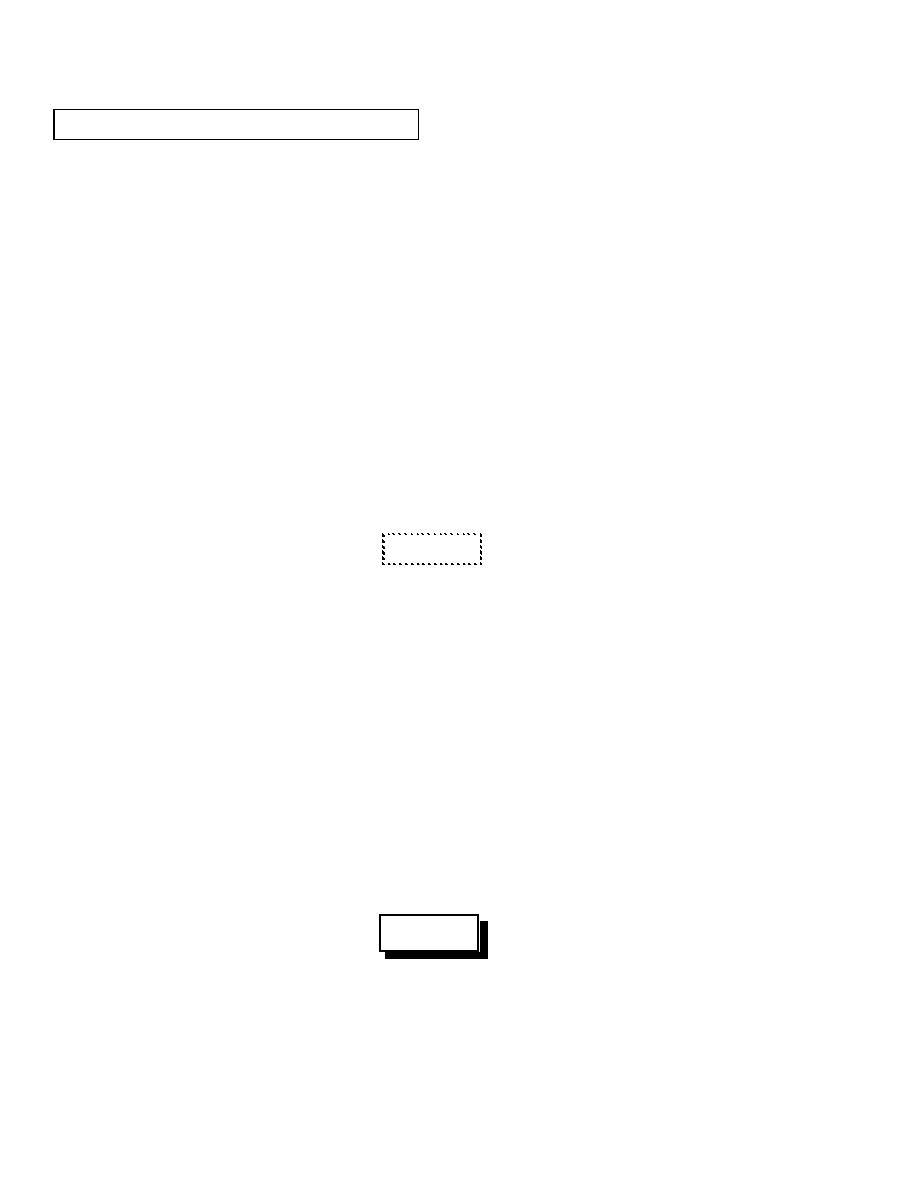 |
|||
|
|
|||
|
|
|||
| ||||||||||
|
|
 TM 10-3930-673-34
2-12. CLEANING INSTRUCTIONS (CONT)
d. Castings.
(1)
Clean inner and outer surfaces of castings and all areas subject to grease and oil with cleaning
solvents. Refer to TM9-247.
(2)
Use a stiff brush to remove sludge and gum deposits.
(3)
Blow out all tapped (threaded) holes with compressed air to remove dirt and cleaning fluids.
e. Oil Passages. Particular attention must be given to all oil passages in castings and machined parts. Oil
passages must be clean and free of any obstructions.
(1)
Clean passages with wire probes to break up any sludge or gum deposits.
(2)
Wash passages by flushing with solvents. Refer to TM9-247.
(3)
Dry passages with compressed air.
f. Oil Seals, Electrical Cables, and Flexible Hoses.
CAUTION
Washing oil seals, electrical cables, and flexible hoses with dry cleaning solvents or
mineral spirits will cause serious damage or destroy the material.
(1)
Wash electrical cables and flexible hose with water and mild soap solution and wipe dry.
(2)
Oil seals are generally damaged during removal, so cleaning will not be necessary since new seals
will be used in assembly.
g. Bearings.
(1)
Bearings require special cleaning. After removing surface oil and gum deposits, place bearings in
hot oil (140 F (60 C)) to loosen congealed oil and grease. Wipe bearings dry. Do not use compressed
air. After cleaning, coat bearings with oil, wrap in paper, and hold for inspection.
(2)
Refer to TM9-214 for information and care of bearings.
h. Machine Tooled Parts.
WARNING
Drycleaning Solvent (P-D-680) is TOXIC and flammable. Wear protective goggles and
gloves; use only in a well-ventilated area; avoid contact with skin, eyes, and clothes;
and do not breathe vapors. Keep away from heat or flame. Never smoke when using
solvent; the flashpoint for type I drycleaning solvent is 100F (38C), type II is 138F
(59C), and type III is 200F (93.3C). Failure to do so may result in injury or death to
personnel. If personnel become dizzy while using cleaning solvent, immediately get
2-68
|
|
Privacy Statement - Press Release - Copyright Information. - Contact Us |